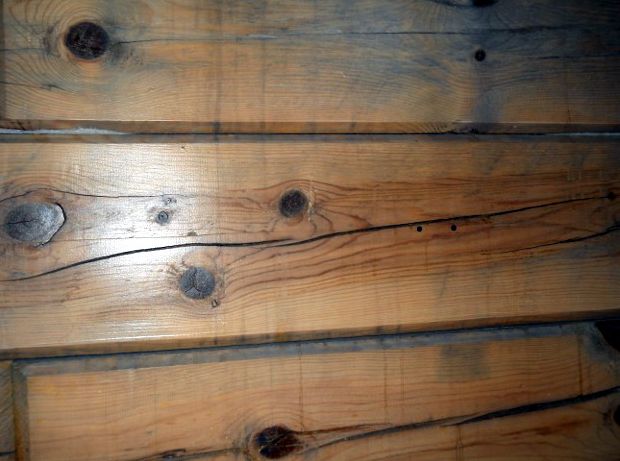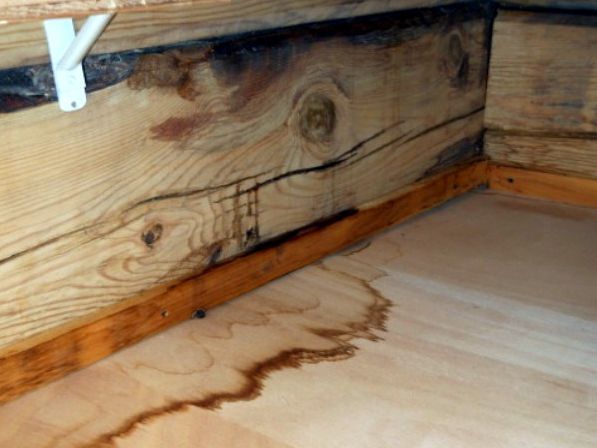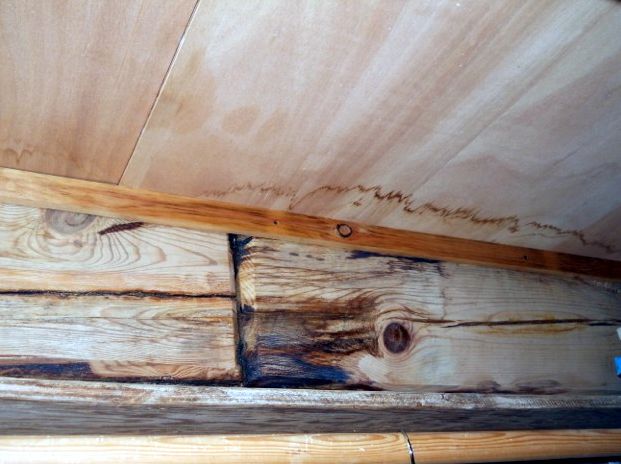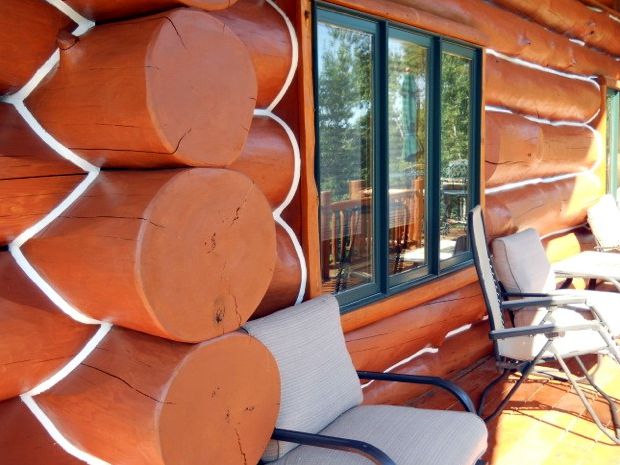
Telling signs of wear and damage are logs with checks and cracks.
Contact our expertsCracks in your logs can cause some serious problems. However most cracks are nothing to worry about. It is natural for wood to crack or check as it dries and this is actually part of the charm of a log home. It’s that rustic, weathered look that makes them unique.
How to caulk checks in a log home from matt edmunds on Vimeo.
How can you tell if checks or cracks in your log home are a problem? To ascertain whether or not the checks are a problem, consider the following:
If the answer is “yes,” then the checks or cracks may be a problem, or become a problem in the months or years to come.
There are similar issues that can signal a need for new chinking and caulking such as drafts and cracks in caulk. For more information on chinking and caulking your log home click here.
It is not uncommon for log homes to develop a problem with air leaking into the interior. They can become drafty. With cold winters and hot summers, it’s important to keep air leaks to minimum for the comfort reasons.
But there can be an even a bigger issue when it comes to air leaks… they can turn into water leaks as well and this can lead to rot.
Edmunds & Company can help you figure out where those often-illusive leaks originate and we can resolve the problem.



Leaks, whether they are air or water leaks, are holes in the building what should be fixed. Large gaps need to be filled with chinking. Determining whether or not it is worth the expense of
No matter what, if your logs are leaking water, something needs to be done sooner rather than later. This is a much more serious issue than air leaks.


Common Problems with “Middle-aged” Log Homes We have restored log homes in the upper Midwest for over thirty years. Our…
May 15, 2012
Log homes can have problems with wood boring insects We have been getting lots of calls from people who are…
June 4, 2010
This home, built in the 1980s, suffered from years of neglect. The stain had not been re-applied in over six…
February 1, 2019